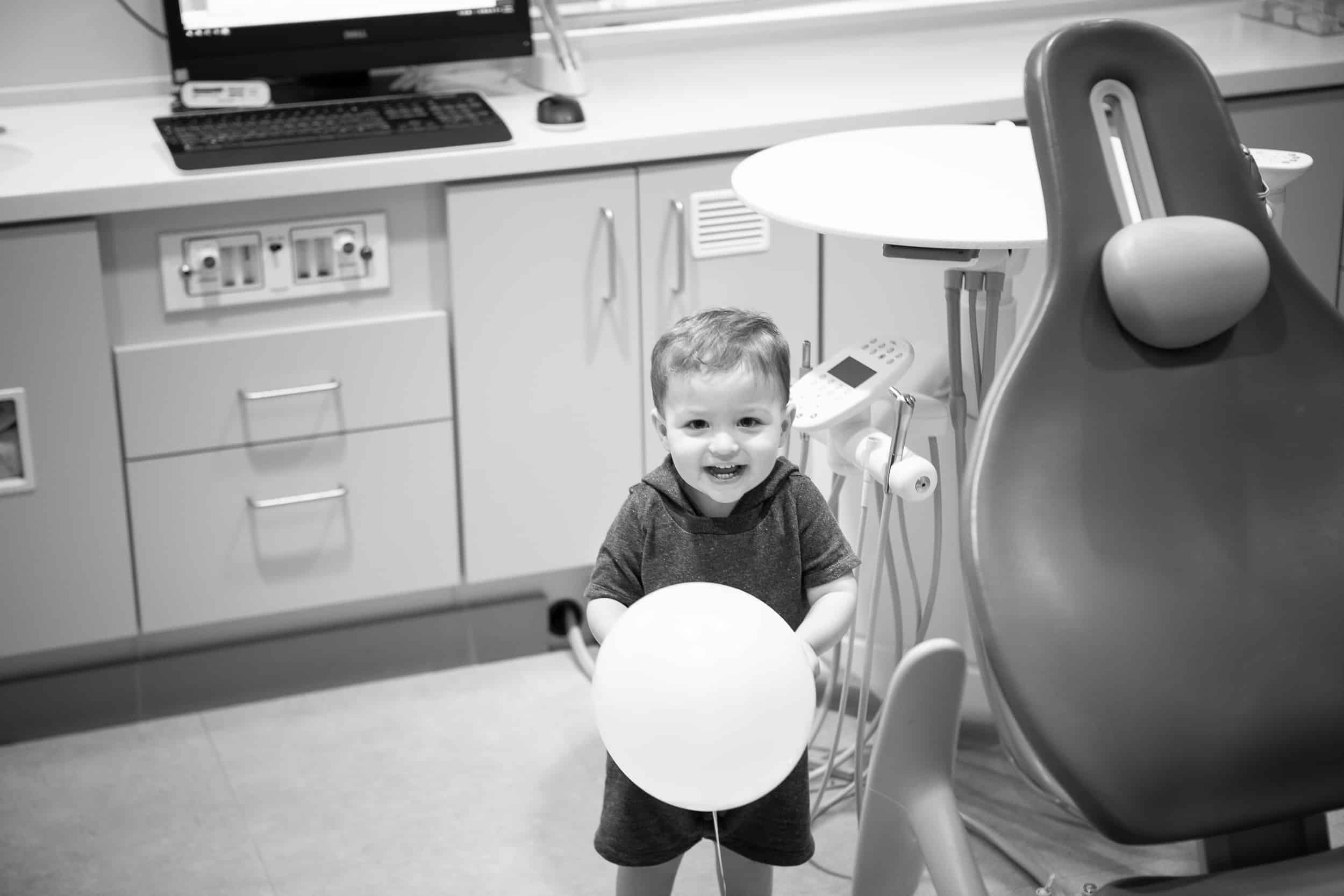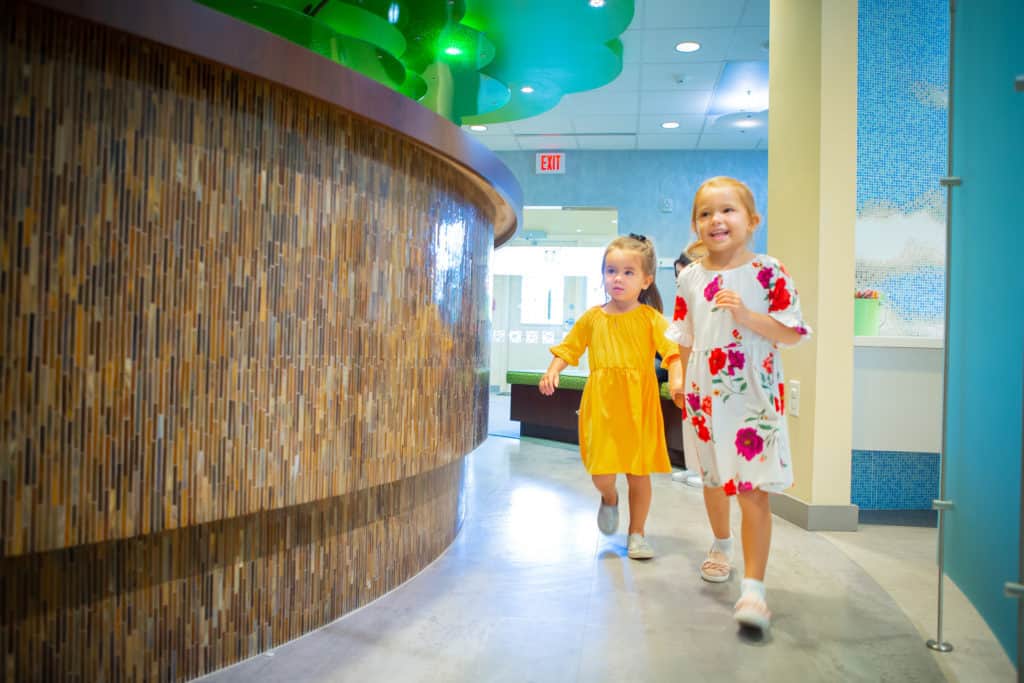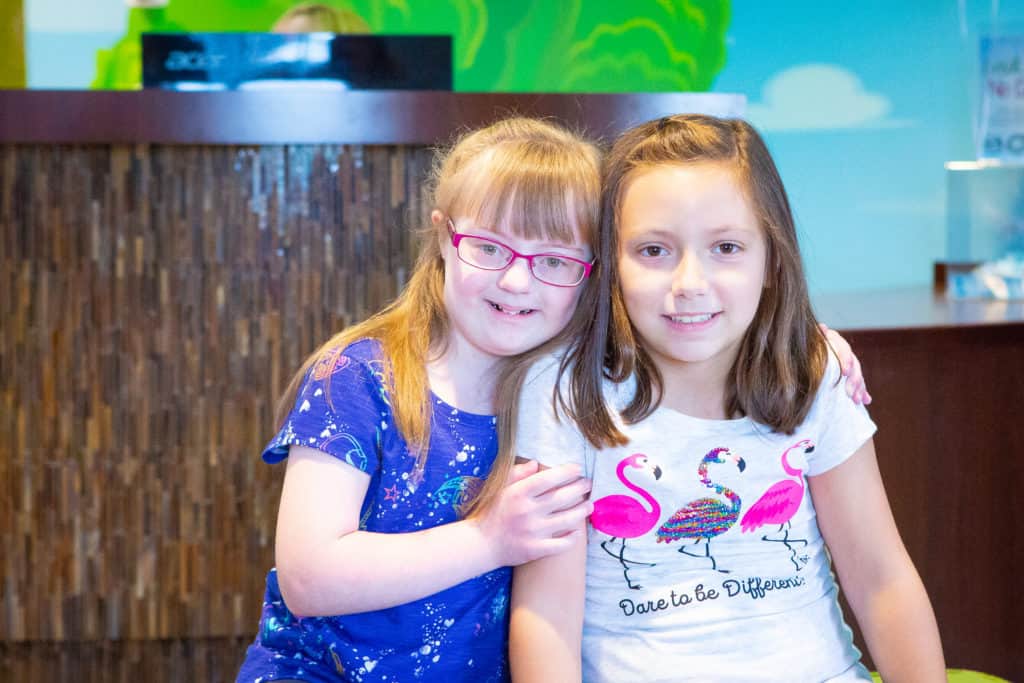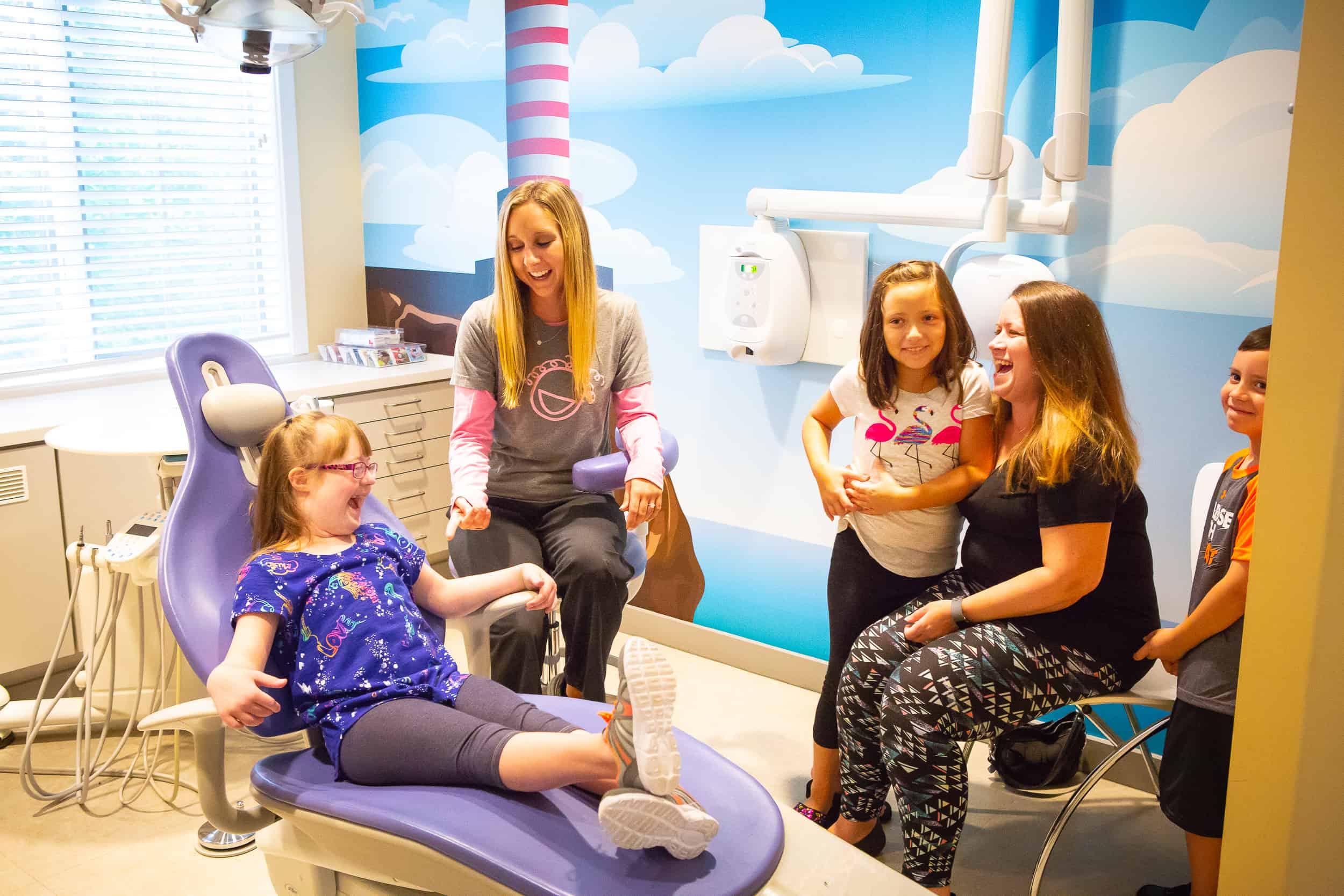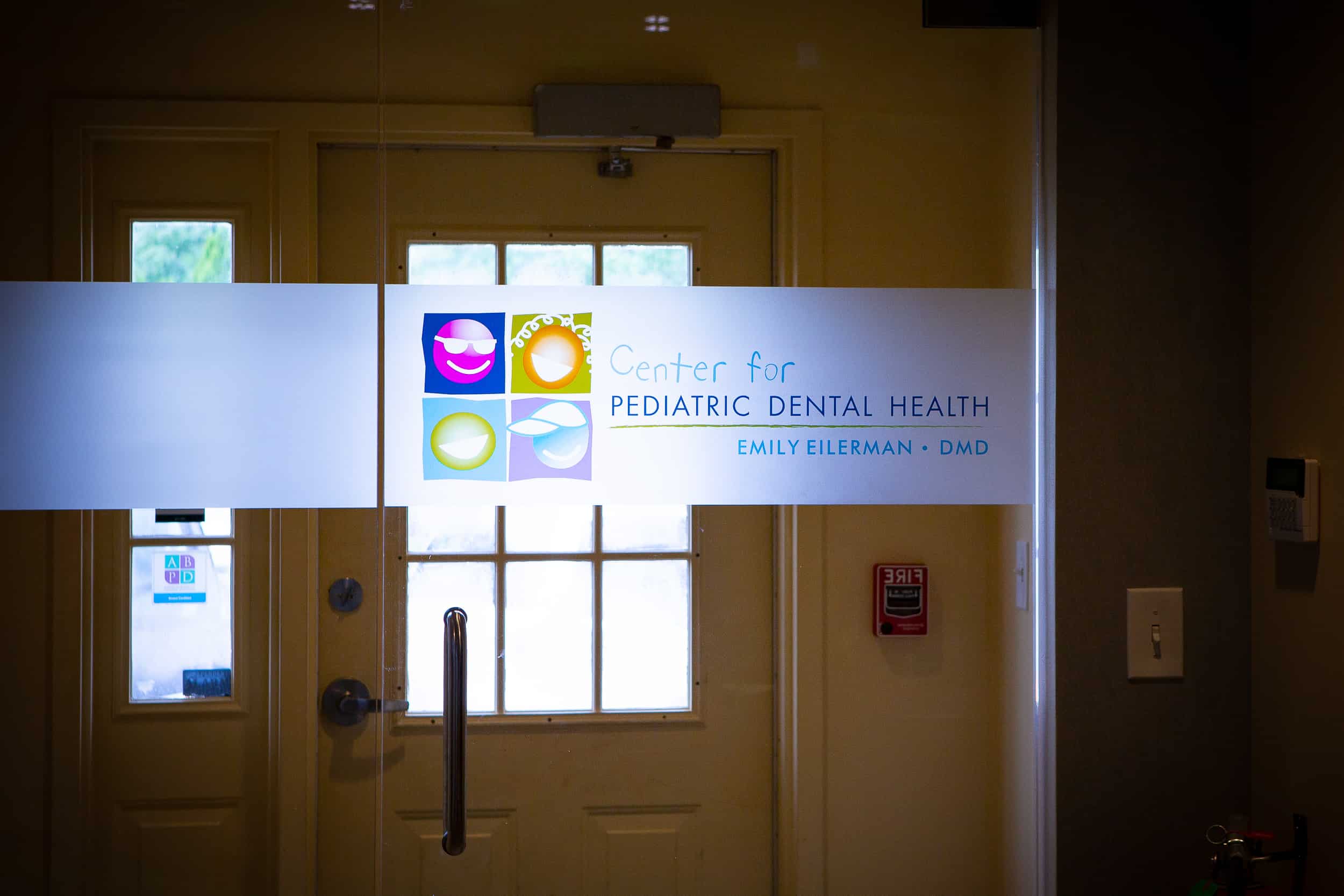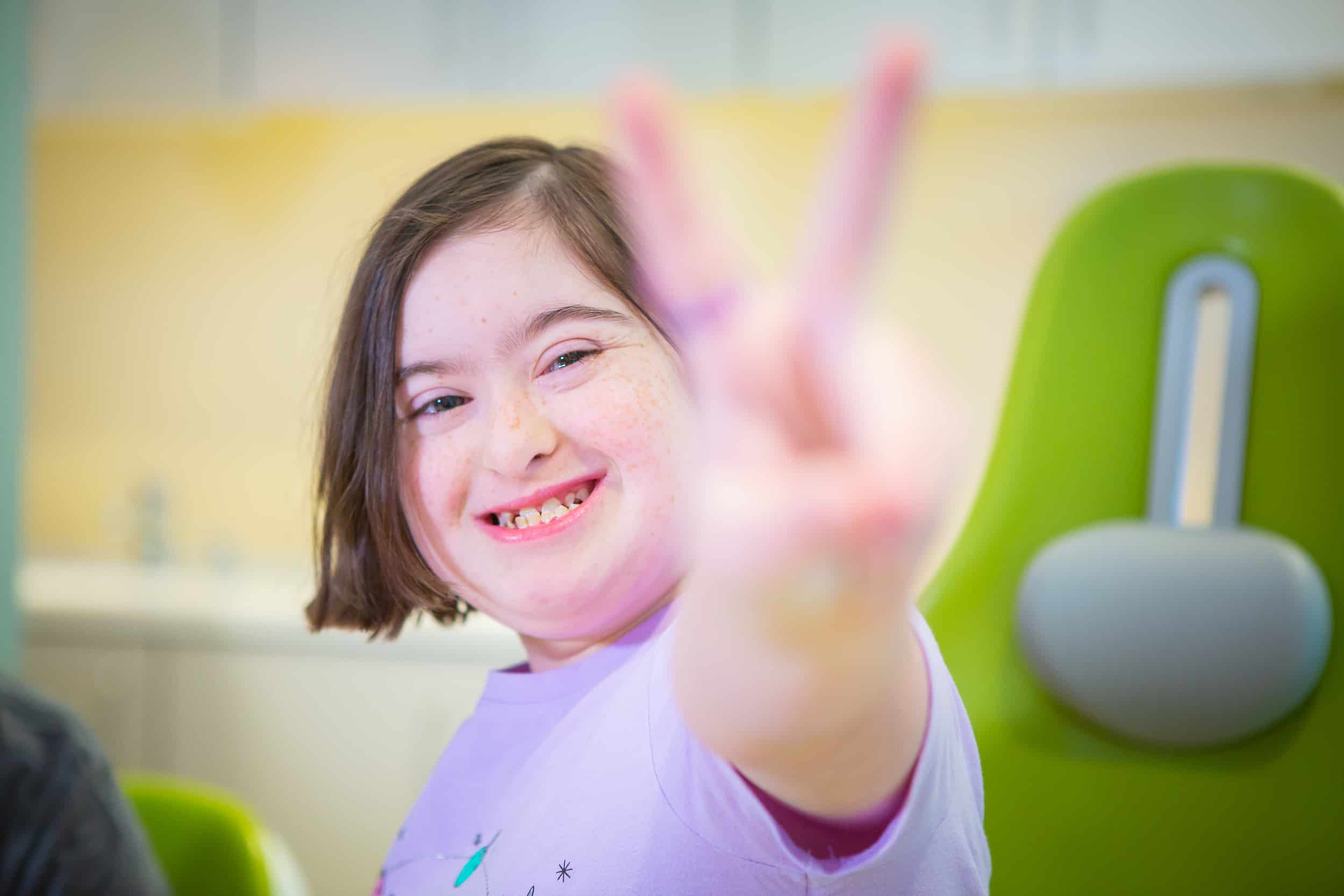It’s exciting to see that first tooth poking out from your baby’s gums, but getting there can be a challenge. Teething is one of those phases that’s just as tough on parents as it is on babies.
Fussing, drooling, sleepless nights, and sometimes even low fevers can accompany those early teeth. So how do you know what’s normal? And when should you call the pediatrician? At the Center for Pediatric Dental Health, we’re here to help make teething feel a little less overwhelming — and a lot more manageable.
At What Age Do Babies Start Teething?
Most babies start teething around six months old. That’s usually when you’ll see the first central incisor (often the lower one) begin to break through the gums. The other lower central incisor quickly follows it, then the top two front teeth.
Next come the lateral incisors — the ones just beside the front teeth — and then the canines. Around 15 to 18 months, your baby may begin getting their first molars. (Unlike adult teeth, baby teeth don’t include premolars.) By age 3, most children have a complete set of 20 deciduous teeth, also called milk teeth or primary teeth.
These early teeth don’t stick around forever. Around age 6, they’ll begin to fall out in the same order they arrived, making way for permanent teeth. But while they’re here, they play an essential role in your child’s overall health and development.
Why Do Baby Teeth Matter?
Even though baby teeth are temporary, they have some big jobs to do. They help your child transition from liquids to solids, assist in clear speech development, and most importantly, they hold space for future permanent teeth.
Healthy baby teeth make it easier for permanent teeth to grow in properly. When baby teeth are lost too early — often because of cavities or injury — the nearby teeth may shift into the empty space. That can crowd the area and cause adult teeth to come in crooked or misaligned.
Taking care of these first teeth helps support speech, chewing, digestion, and even reduces the chances of needing orthodontic treatment later. With regular checkups and healthy habits, most dental issues in baby teeth can be caught and managed early.
How Will I Know My Child Is Teething?
The teething process actually begins before the tooth breaks through the gums. Your baby may show signs like:
- Excessive drooling
- Gum swelling or redness
- Trouble sleeping
- Irritability or fussiness
- A desire to chew or bite
- Slight, low-grade fever
These symptoms usually start about three to five days before the tooth appears. Once the tooth erupts, the discomfort tends to ease quickly.
Does Teething Cause Fever?
A slightly elevated temperature (around 99°F) is common during teething, but high fevers are not. That low-grade fever is usually the body’s response to inflammation in the gums.
If your baby’s temperature reaches 100.4°F or higher, or if you notice a rash, vomiting, or diarrhea, it’s best to call your pediatrician. These symptoms are likely caused by something other than teething and should be evaluated by a doctor.
Safe Ways to Relieve Teething Symptoms
There are several gentle, effective ways to help soothe teething discomfort:
- Massage the gums gently with a clean finger. A cool finger can offer extra relief.
- Use a soft, damp washcloth that’s been chilled (not frozen). You can let your baby chew on the end or use it to rub their gums.
- Offer a chilled teething ring that is soft and flexible. Avoid frozen-solid or hard rings, as these can cause damage or become choking hazards.
If your baby has a low-grade fever or seems especially uncomfortable, a pediatrician-approved dose of baby Tylenol may help. Most of the time, symptoms ease as soon as the tooth fully emerges.
Important Note About Teething Medications
It’s important to avoid numbing gels that contain benzocaine or lidocaine, as they can be unsafe for infants. Similarly, some homeopathic remedies may include ingredients that are not recommended for babies and could cause unwanted side effects.
When in doubt, talk to your pediatrician or pediatric dentist about what is safe to use for teething pain. We’re always happy to help guide you through it.
When Should My Baby See a Dentist?
We recommend scheduling your baby’s first pediatric dental appointment by the time the first tooth appears, or by their first birthday — whichever comes first.
These early visits help us monitor your baby’s oral development and give you the chance to ask questions about teething, brushing, pacifier habits, and more. Starting dental care early also helps build comfort and familiarity, making future visits much easier.
Want to learn more about your child’s first dental visit? Here’s what to expect at your child’s first appointment.
Pediatric Dentist Near Me in Sicklerville, NJ
Teething can feel like a rollercoaster — exciting, exhausting, and filled with lots of questions. But you’re not alone in it. At the Center for Pediatric Dental Health, we’re here to support you every step of the way.
If your baby has a tooth starting to poke through or you’re preparing for that first appointment, we’d love to meet you. Schedule your child’s visit today, and let’s set the stage for a healthy, happy smile from the very beginning.


